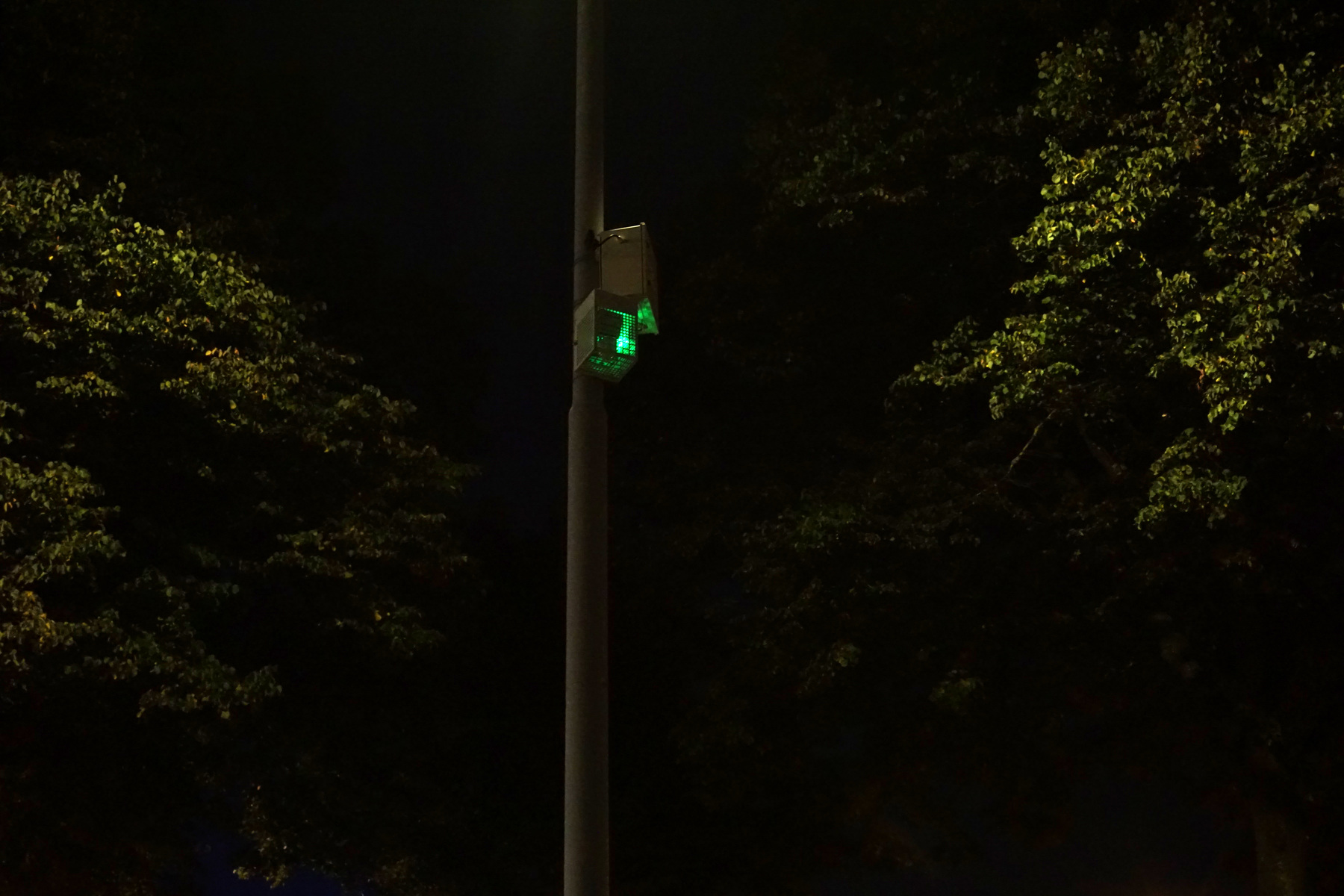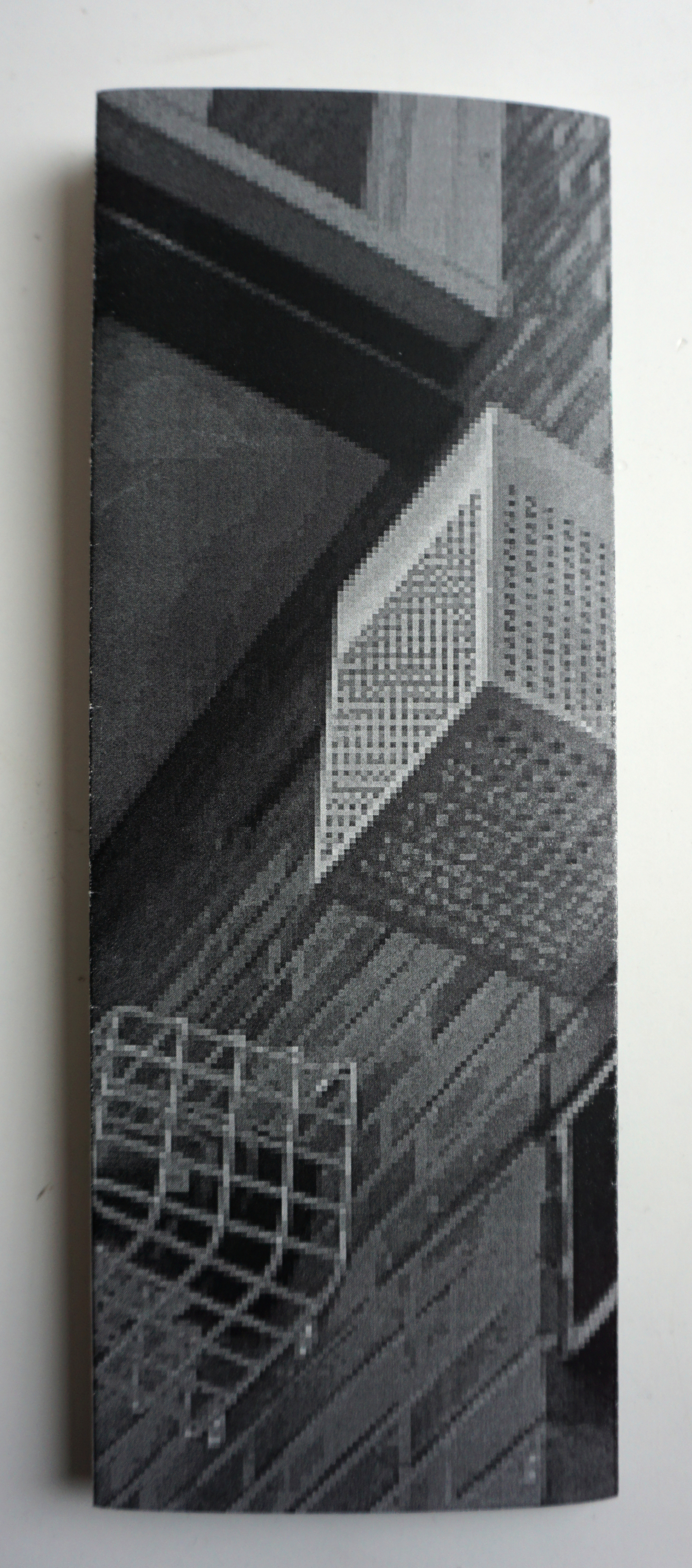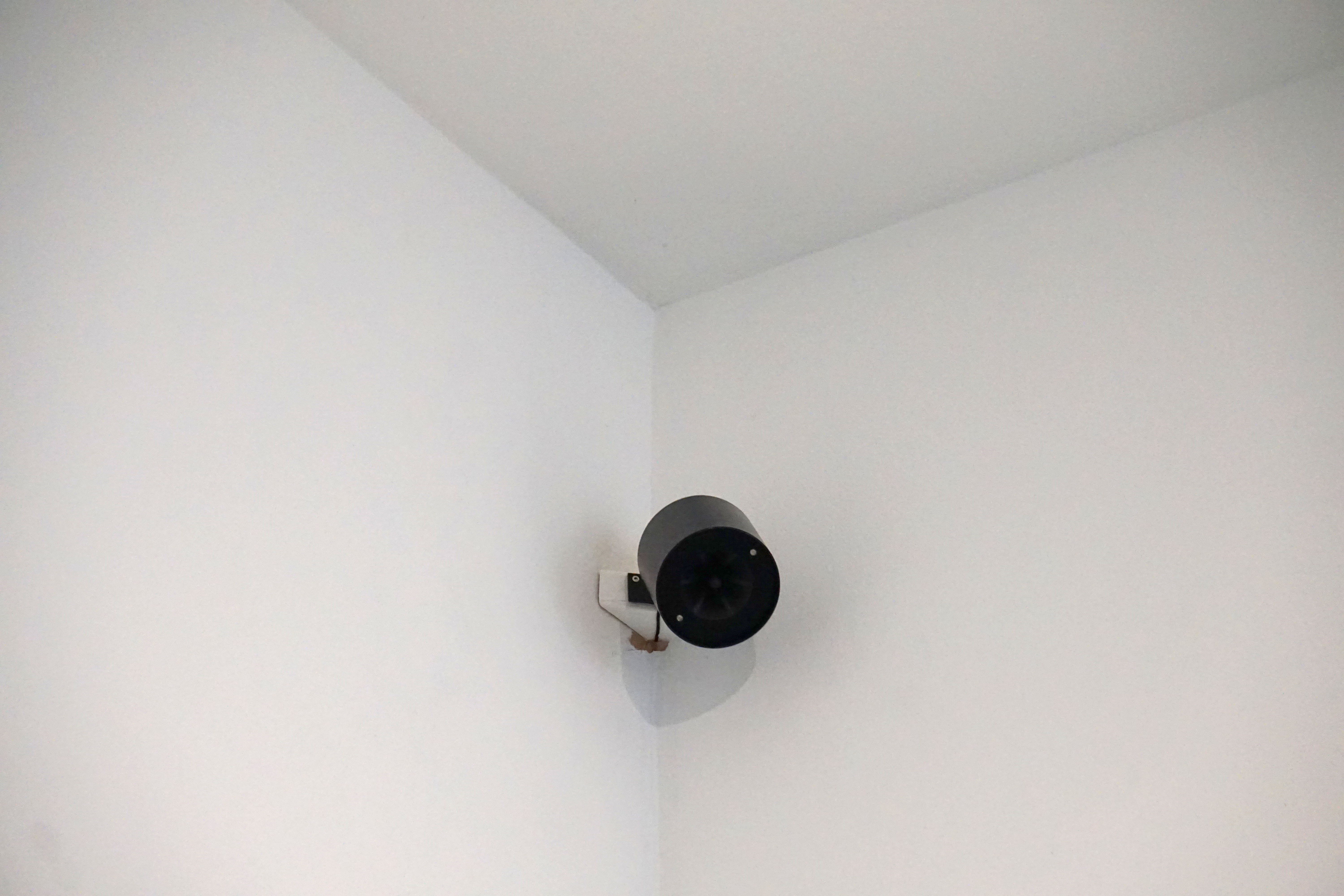Hunting Mosquitos
Driven by her interest in urban sonic technologies and the politics of public space, artist Angeliki Diakrousi has been tracking down Mosquito devices the Rotterdam municipality and various individuals or corporations have installed around the city. She has been visiting these locations for the past two years and talking to the young people who gather at night and the residents who feel deprived of sleep and quiet in their homes. By listening to their stories and recounting of events, she could trace the invisible lines that the device draws through supposedly public spaces, such as at Oosterkade, Nozemanplein, and Hofstedestraat.
The Mosquito device’s high-pitched tone affects people under 25 the most. Diakrousi’s installation at TENT makes the divisions the device draws through the city conceivable to all by providing young people's descriptions of the sound and transposing it into variants that are perceptible to most people over 25. She also makes an intervention at one of the Mosquito sites. This intervention counters the device’s confrontational dynamic, offering visitors the opportunity to experience the location as a hang-out and a living environment, and questioning whether activating a Mosquito with a remote control or filing complaints via an app offers a socially meaningful solution. In the process, the Mosquito transforms from a technical device that targets young people and divides society into a conversational tool that fosters communication and exchange about desirable forms of cohabitation in the city.
Mosquito Harmonizer
The Mosquito Harmonizer transposes the high pitched frequencies produced by the Mosquito Anti-Loitering device into a lower range while continuously changing the pitch to produce a pleasant melody, masking the shrill, irritating sound of the deterrent. The device was developed in collaboration with MAYB Studio (Mitchell Akiyama & Maria Yablonina) and consists of a microphone, a Teensy microcontroller, and a display that gives a real-time representation of the sonic frequency spectrum.
Interviews
Interview for Centre for BOLD Cities
Interview for Deutschlandfunk radio
Presentations / Exhibitions
The work started as an invitation in 2020 from the curator Linnea Semmerling and TENT, Rotterdam as a contribution to the group exhibition There is no party so noisy as the one you’re not invited to in December 2022-March 2023. The research is also supported by Varia and Sonic Acts. It has been presented, among other places, at Oslo Architecture Triennale with Artsformation in September 2022, Goethe-Institut of Rotterdam in May and June 2022, at Sonic Acts on October 2022.
At TENT
Mosquito (courtesy of RYBN), bat detector, Mosquito Harmonizer (made in collaboration with Mitchell Akiyama and Maria Yabloni), sign, web app (made in collaboration with Alex Roidl), voice recordings, booklet. On location: Mosquito, sign, web app. Courtesy of the artist. Commissioned by TENT Rotterdam with support from the Creative Industries Fund NL.
At Sonic Acts












L(R)K(D)-2.jpg)

L(R)K(D)-3-short.jpg)